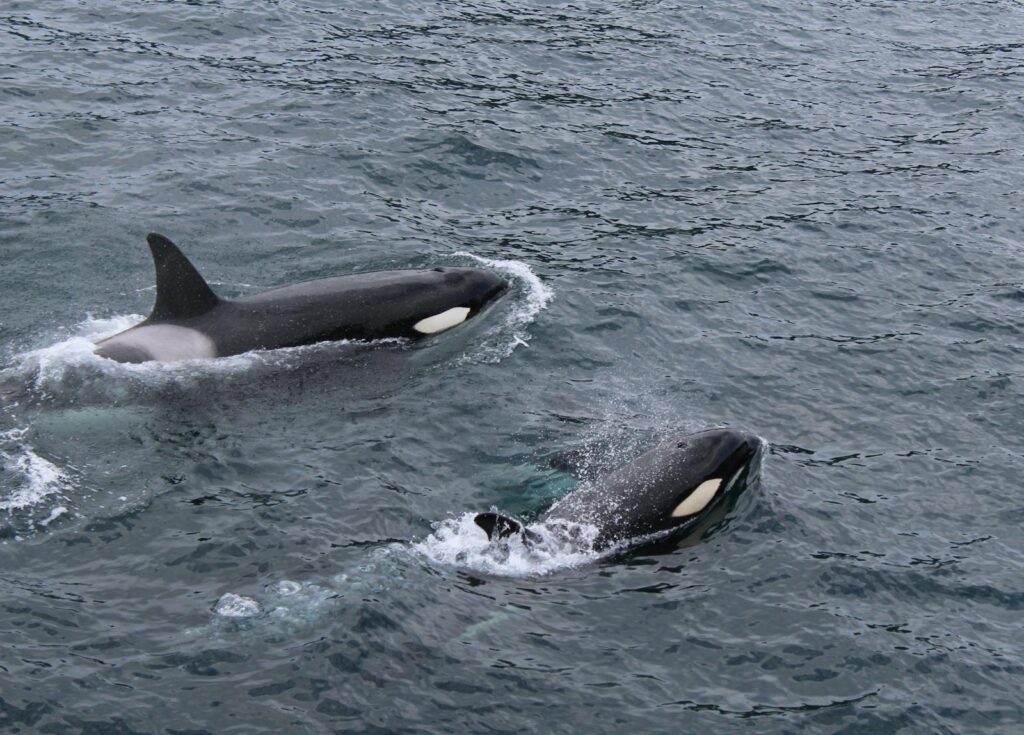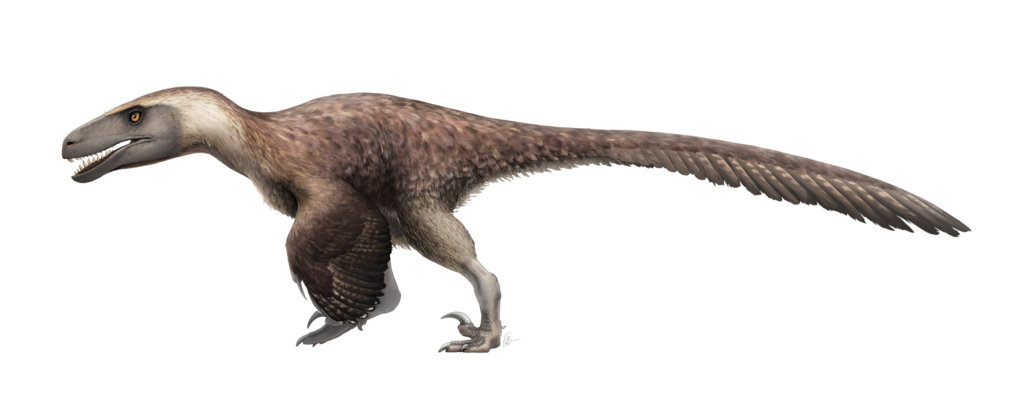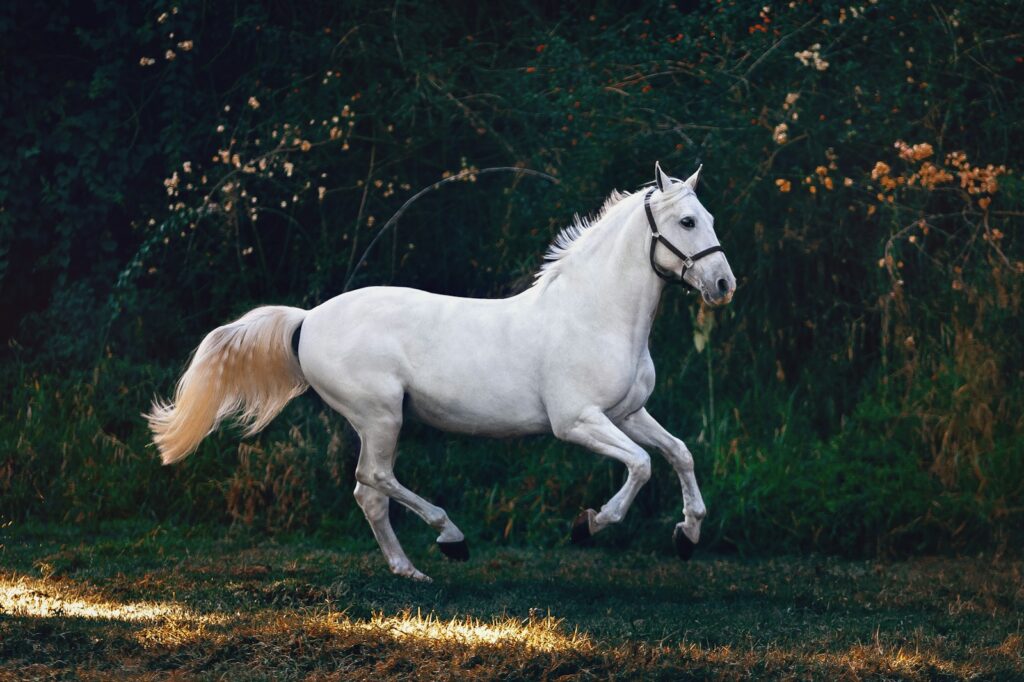The Saber-Toothed Tiger – Was It the Ultimate Ice Age Predator?
When we envision the Ice Age, few creatures capture our imagination quite like the saber-toothed tiger. With its impressive canines and powerful build, this prehistoric feline has become an icon of Pleistocene megafauna. But was it truly the apex predator of its time? Despite its popular portrayal as the most fearsome hunter of the Ice ...













